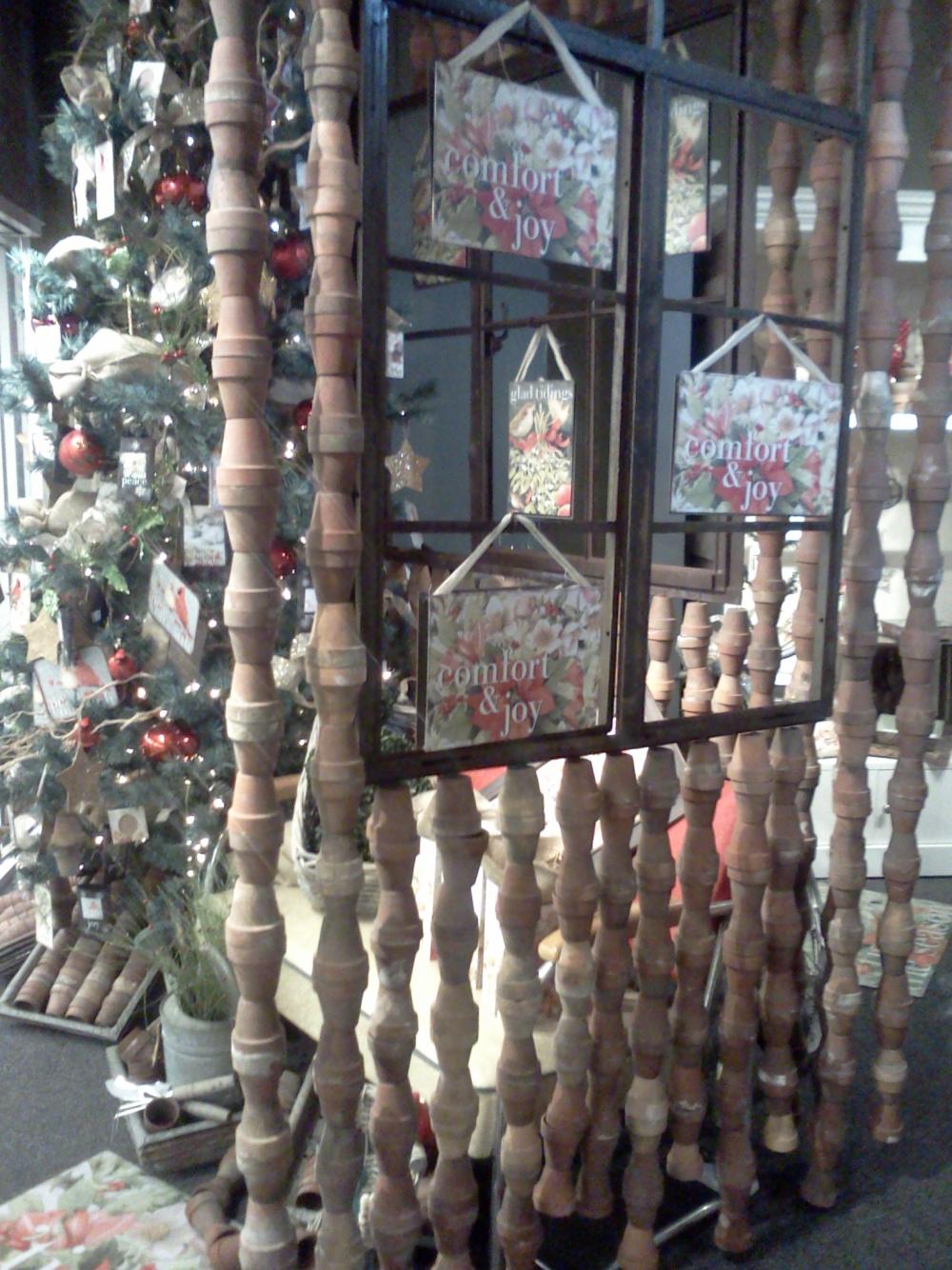by William J. Lynott
Over the years, many retail studies have shown that mood can have a pronounced effect on consumer shopping. A customer’s mood can determine whether they will spend more or less time in a store, consummate a purchase, or just “look.”
Major retail chains have long been aware of the need to do everything possible to ease shoppers into a buying mood. While most of their mood influences are subtle, they are present in all of their stores. While some of them, such as overall design of store layout, are not relevant to many small stores such as gift shops, others are considered just as effective in any retail environment. Here five mood-setting techniques that you can put to work in your store:
The powerful influence of scent
Eric Spangenberg, an environmental psychologist and the dean of Washington State University’s College of Business, was one of the pioneers in the study of effects of scent on the buying experience. According to his research, the right scent in a retail store can help put customers in that all-important buying mood.
Among the more obvious choices of scent in a gift shop would be seasonal choices such as Christmas, spring and fall. Of course, scent must be appropriate to the time and place.
Smell is one of our most powerful and influential senses. Research confirms that we are 100 times more likely to remember something we smell than something we see, hear or touch, so it’s logical to harness that power in helping to put customers in a buying mood.
Music helps to set the mood
We all know that some types of music set a romantic mood; savvy retailers know that music can also help to set a buying mood. A 1982 study by Milliman Inc. found that when background music was played in a supermarket, customers spent 34% longer in the store with a corresponding increase in sales.
But what kind of music will influence shoppers in your store in a positive way? There’s no simple answer to that question, but there are some general guidelines that should help.
A 2000 study found that familiar popular music has a negative effect on shopping. It tends to distract shoppers, causing them to concentrate on the music instead of their shopping. On the other hand, unfamiliar but pleasant music has a positive effect on shoppers. One British study found that classical background music increases the amount that shoppers are willing to spend.
Tempo has an effect also. Slower tempo music causes people to move slower. Thus, retailers who want customers to spend more time in their stores should play slower, softer music in the background.
The color of your store
What are the predominant colors in your store? Is there an overall color that customers perceive when they cross your threshold? That’s an important question, since scientific studies indicate that colors stimulate our nervous system and bring about changes in our overall state of mind.
The effect of colors can be very different in different cultures. For example, in America white is a happy color, associated with weddings and a general feeling of innocence. But, in many Asian and Middle-Eastern cultures, white signifies death.
In America, certain combinations of colors are associated with holidays: red and green are closely associated with Christmas, while black and orange are used to signify Halloween.
When you decide on predominant colors for your store or specific displays, you may want to keep in mind the effects of various colors here in America. Some examples:
White: Clean. Neutral. Youth and innocence.
Red: Danger. The heat of passion. Excitement.
Black: High fashion. Power.
Yellow: Happy. Friendly.
Purple: Upscale. Royal. Dignified.
Blue: Relaxing. Peaceful. Loyal (true blue).
Colors can also be used to create brand images. Consider those ubiquitous UPS brown trucks used to signify trustworthiness and dependability.
Colors have meaning to customers. Make use of colors to create the effect you want.
Watch out for dust in the corner
In retail shopping, as in life, first impressions are lasting impressions. That’s why it’s so important for your store to greet customers with an impression of neatness and cleanliness.
Major retail chains have long recognized that shoppers prefer a neater, cleaner store over an untidy, dirty one. That’s why they spend the time and money needed to clean and polish the floors and tidy up the displays before their stores open in the morning. An impression of clutter or uncleanliness can make people feel uneasy. When a shopper doesn’t feel comfortable, she will want to leave the store sooner and isn’t as likely to make a purchase.
In short, cleaner stores generate more profit. The more time a prospect spends browsing in your store, the more likely that person will make a purchase.
Depending on the size and complexity of your store’s layout, it may be in your best interest to rely on professional cleaning services. In any event, it’s important to do whatever is necessary to make sure that your store gives off a clean and tidy impression. Keep the floors clean, the shelves and displays well-stocked and orderly, and be sure to watch out for dust in the corner.
The importance of a “happy” mood
Every customer who enters your store brings a mood with her. It may be a “happy” mood based on something that happened earlier in the day or it could be a decidedly unhappy mood brought about by an unpleasant experience. Either way, according to Vladas Griskevicius, University of Minnesota, the customer’s mood will influence her buying behavior. Research has shown that positive feelings produce a sort of rose-colored glasses effect, causing products to appear more desirable. Conversely, negative feelings will have an undesirable effect on buying decisions.
A study by Ronald P. Hill, The American University, and Meryl P. Gardner, New York University, expresses this principle in a more scholarly way: “Positive moods increase the probability that individuals will engage in behaviors with expected positive outcomes, and decrease the probability that individuals will engage in behaviors with expected negative outcomes.”
In short, customers who find themselves in a happy mood are more likely to make a purchase than those in an unhappy mood. It’s the retailer’s job, then, to help put customers in a happy mood and the best opportunity to do that is in the greeting that each customer receives as they enter the store.
Perhaps the most powerful tool available to the retailer is a warm smile and an engaging personality. Every employee should be trained to understand that moods tend to rub off. A positive, warm greeting to every person entering the store is one of the most powerful mood-influencing tools in the retailer’s toolbox.
The verdict is in: shoppers’ moods have an undeniable effect on their behavior. While you won’t always be able to ease every prospect into a happy mood, using every tool available toward that end will be well worth your effort.








